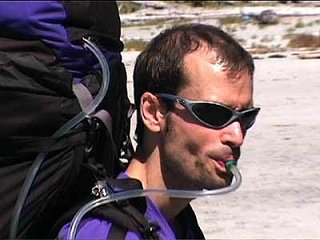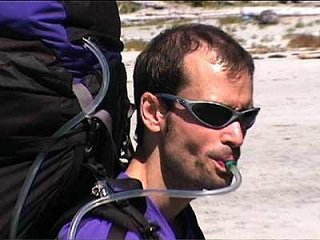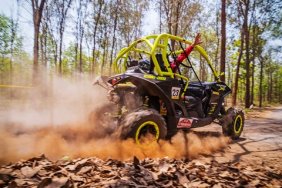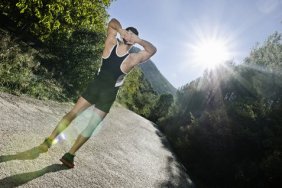 Hiking and camping are some of the best activities for bonding, exercise, and vacationing from the din of work or school. Furthermore, there are several health benefits to hiking, as I’ve outlined in a past article. However, accidents can happen and sometimes may lead to injuries, both minor and serious, alike. Knowing some of hiking and camping’s most common injuries and how to take measures to prevent them will make you a better outdoorsman by making you more prepared and knowledgeable. Today is the first half of a two-part series highlighting such potential injuries, and deals with how to prevent some of the common minor issues that hikers face on the trail.
Hiking and camping are some of the best activities for bonding, exercise, and vacationing from the din of work or school. Furthermore, there are several health benefits to hiking, as I’ve outlined in a past article. However, accidents can happen and sometimes may lead to injuries, both minor and serious, alike. Knowing some of hiking and camping’s most common injuries and how to take measures to prevent them will make you a better outdoorsman by making you more prepared and knowledgeable. Today is the first half of a two-part series highlighting such potential injuries, and deals with how to prevent some of the common minor issues that hikers face on the trail.
Perhaps the most common issue that hikers face is blisters. As I’ve said in the past, gearing up for hiking starts from the ground up, and a quality pair of hiking boots is your best defense against blisters. When you buy a pair of boots, I suggest making the time to go on frequent short hikes in order to break them in and get a feel for them. Be sure to wear comfortable socks, as well. Going on short hikes before a long one will also prevent the risk of muscle fatigue and soreness. This builds your muscles and strengthens them through conditioning.
Another common problem is sunburn, which may not seem like a huge deal to many people, but can be very uncomfortable and even dangerous if exposure is extreme. Obviously the best way to prevent sunburn is to wear sunscreen. I suggest sports sunscreen, as it’s made to hold up to sweat a little better. Also, sunglasses and a wide-brim hat are good ideas, as they shield your face from UV rays. On a related note, dehydration is a commonly overlooked problem hikers can face when the temperatures reach extreme levels. Drink plenty before even hitting the trail and be sure to take breaks to hydrate every half hour or so, especially when the heat is intense. If stopping to drink is an issue, wear a hydration pack that you can use while walking. The biggest mistake people make when it comes to hydration is only drinking when they feel thirsty. Thirst is the first step in becoming dehydrated, so drink even when you’re not thirsty to prevent it.
Sprained ankles are surprisingly common on the trail, and are caused by rough terrain, the wrong footwear, and uneven balance. To make sure your ankles remain intact, wear good boots with tread and ankle support, watch your footing when traversing slippery or unreliable terrain, try to keep your center of gravity as low as possible when carrying a full pack, and if possible, even use trekking poles to add more points of contact with the ground and boost balance.
Preparation is such an important part of hiking or camping, but it’s also a step that many overlook or don’t take seriously. Furthermore, common sense while hiking, such as staying on the trail itself or watching where you place your feet, is key. It doesn’t take much time to take a look at the weather beforehand or get a feel for equipment before hitting the trail, and doing so can ensure a safe, enjoyable hike.








